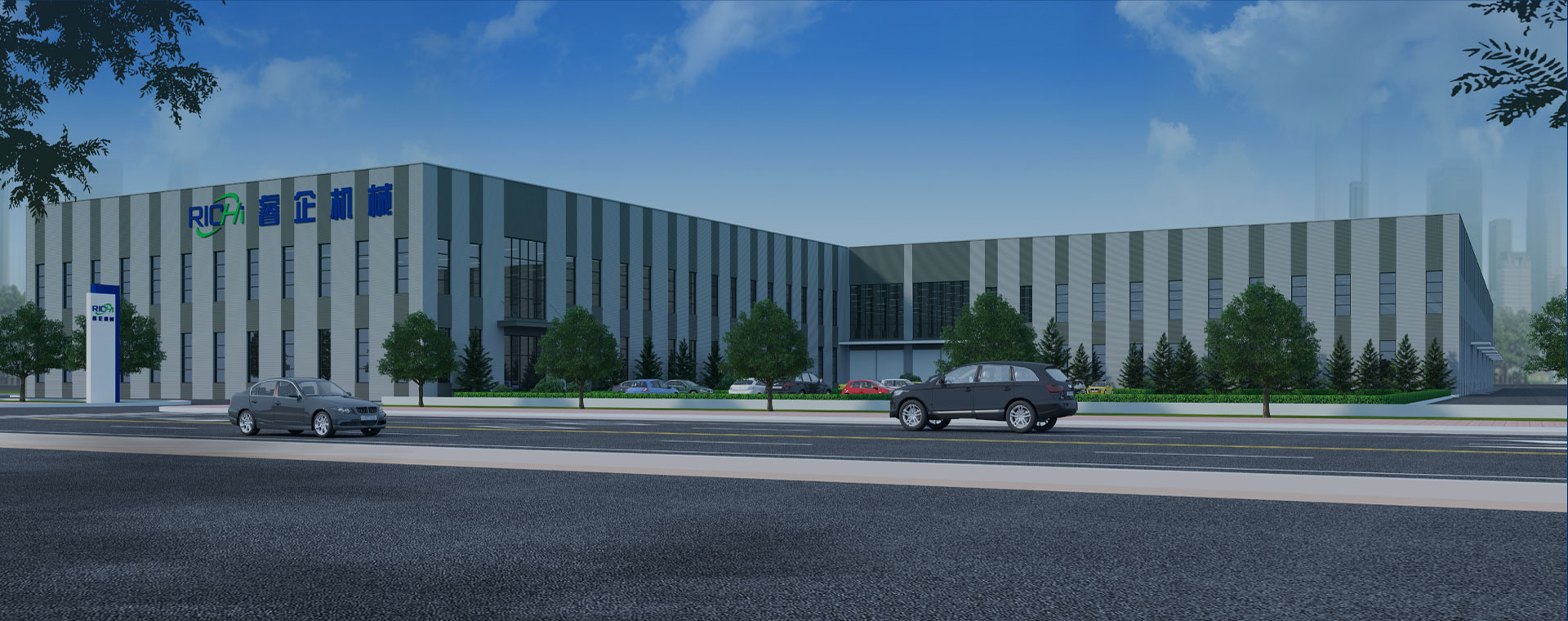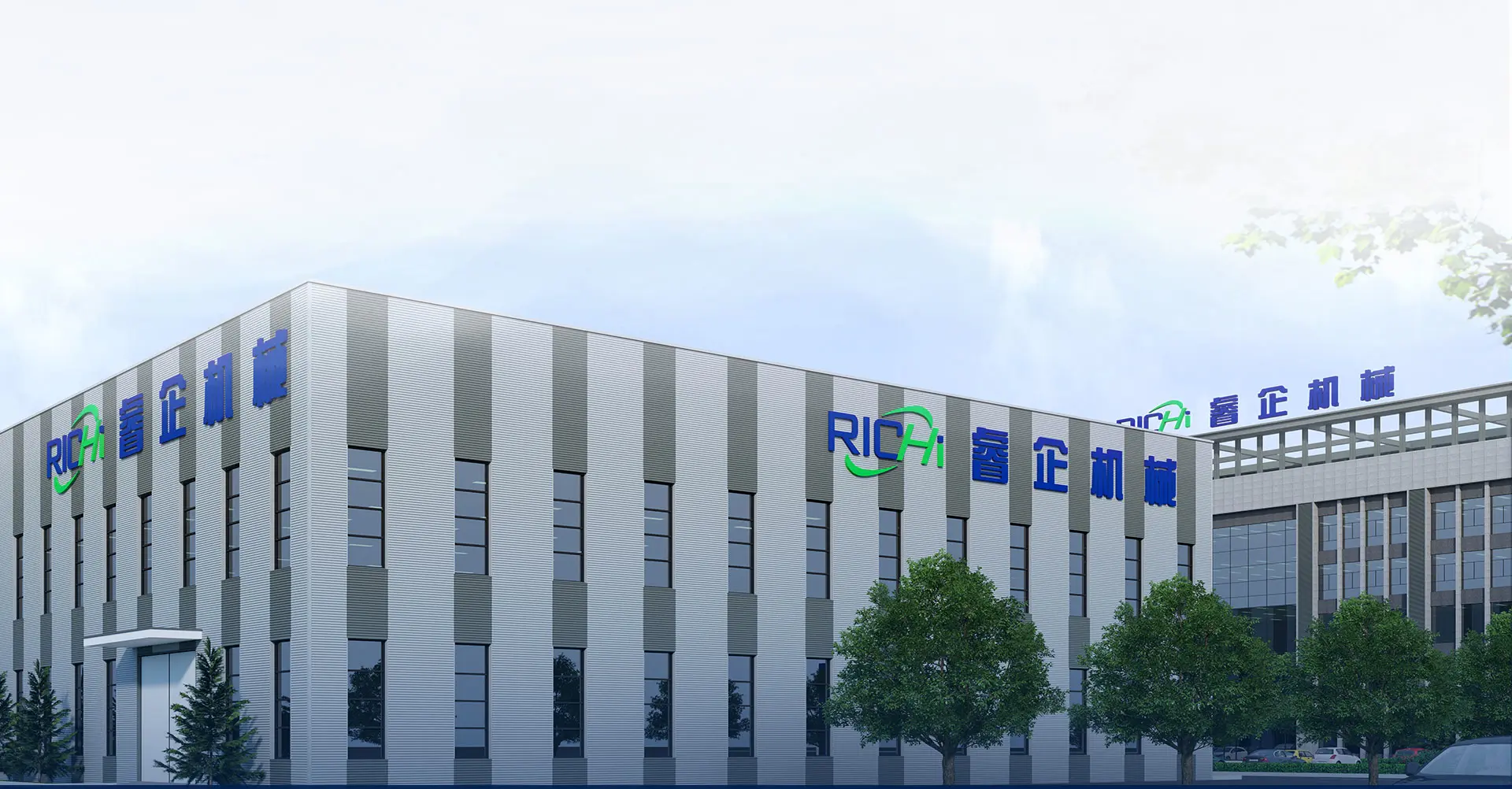Differences in Chicken Feed Formulations
Although breeding and feed technologies continue to advance, chicken feed formulations vary significantly across countries, regions, manufacturers, and farms. However, regardless of these differences, the ultimate goal remains the same: to promote fast growth in chickens and maximize economic benefits.
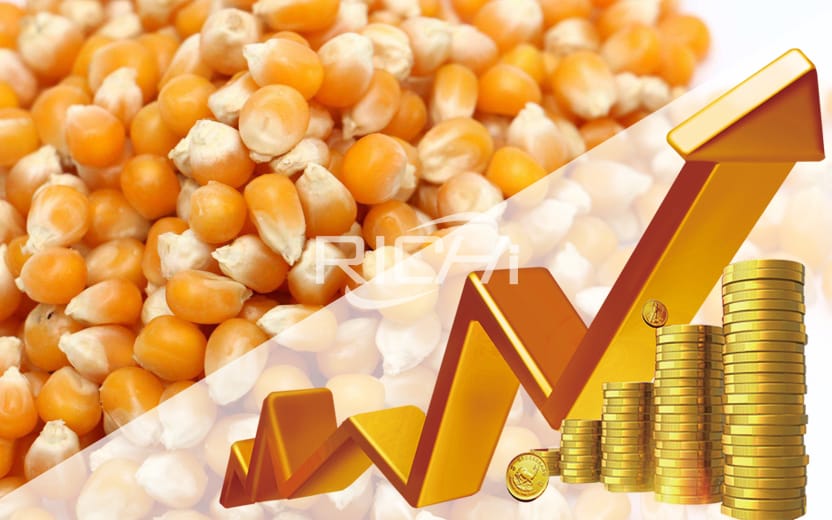
Common Ingredients in Chicken Feed Formula
- Protein Feed
- Animal protein: fish meal, meat meal, crab meal, egg yolk powder, blood meal, silkworm pupa meal, feather meal, small fish and shrimp. These feeds are rich in crude protein and should be utilized according to local availability.
- Vegetable protein: soybeans, peas, bean cakes, peanut cakes, cottonseed cakes, etc. These feeds also have high crude protein content and should be combined with animal protein. All vegetable protein feeds must be properly cooked and monitored for toxicity (e.g., cottonseed cake).
- Carbohydrate Feed: Includes cereals (corn, sorghum, barley, wheat, oats, millet), bran (wheat bran, rice bran), and root crops like potatoes.
- Vitamin Feed: Forages (alfalfa, clover, polymer grass), vegetables (carrots, cabbage, greens), and tree leaves (elm, acacia).
- Mineral Feed: Bone meal, shell meal, eggshell meal, calcium carbonate, table salt.
- Feed Additives: Vitamins, minerals, growth promoters, antioxidants, medications for diarrhea, coccidiosis, etc. Additives are mixed in specific proportions to ensure healthy growth and maximum productivity. Their use should depend on local requirements.
Recommended Chicken Feed Pellet Formulations (for Layers)
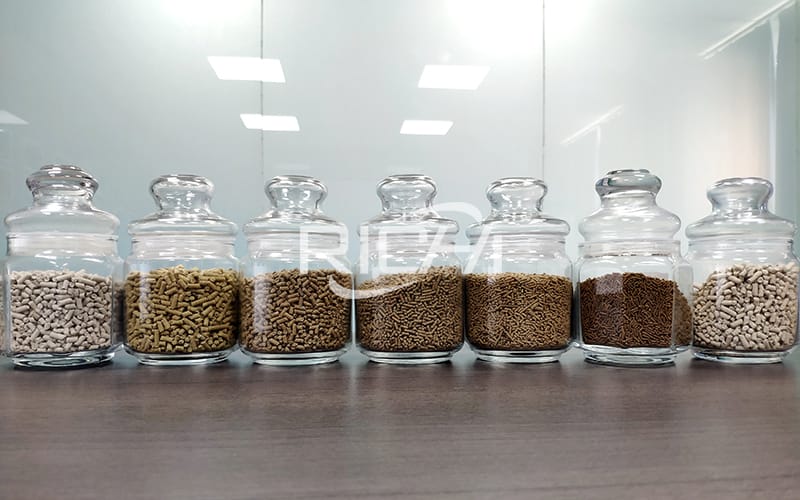
(1) Egg Chick Feed Formula
- Corn 62%, wheat bran 3.2%, soybean meal 31%, calcium hydrogen phosphate 1.3%, stone powder 1.2%, salt 0.3%, additives 1%
- Corn 61.7%, wheat bran 4.5%, soybean meal 24%, fish meal 2%, vegetable meal 4%, calcium hydrogen phosphate 1.3%, stone powder 1.2%, salt 0.3%, additives 1%
- Corn 62.7%, wheat bran 4%, soybean meal 25%, fish meal 1.5%, vegetable meal 3%, calcium hydrogen phosphate 1.3%, stone powder 1.2%, salt 0.3%, additives 1%
(2) Grower Feed Formula (7–20 weeks)
- Corn 61.4%, wheat bran 14%, soybean meal 21%, calcium hydrogen phosphate 1.2%, stone powder 1.1%, salt 0.3%, additives 1%
- Corn 60.4%, wheat bran 14%, soybean meal 17%, fish meal 1%, vegetable meal 4%, calcium hydrogen phosphate 1.2%, stone powder 1.1%, salt 0.3%, additives 1%
- Corn 61.9%, wheat bran 12%, soybean meal 15.5%, fish meal 1%, vegetable meal 4%, cottonseed meal 2%, calcium hydrogen phosphate 1.2%, stone powder 1.1%, salt 0.3%, additives 1%
(3) Laying Hen Feed Formula
- Corn 58.4%, wheat bran 3%, soybean meal 28%, calcium hydrogen phosphate 1.3%, stone powder 8%, salt 0.3%, additives 1%
- Corn 57.9%, wheat bran 4%, soybean meal 21.5%, fish meal 2%, vegetable meal 4%, calcium hydrogen phosphate 1.3%, stone powder 8%, salt 0.3%, additives 1%
- Corn 57.4%, wheat bran 3%, soybean meal 20%, fish meal 2%, vegetable meal 4%, cottonseed meal 3%, calcium hydrogen phosphate 1.3%, stone powder 8%, salt 0.3%, additives 1%
Note: Additives include amino acids, vitamins, trace elements, and growth promoters.
How to Make Chicken Feed for Layers
The process of making poultry feed using a high-efficiency poultry feed pellet production line typically includes the following steps:
- Material Receiving: Inlets are equipped with dust collectors for a cleaner environment.
- Crushing: Pre-cleaning, magnetic separation, then grinding raw materials into fine powder.
- Batching & Mixing: Ingredients are weighed and mixed to achieve uniformity.
- Pelleting & Cooling: Materials are conditioned with steam, pelletized, and then cooled down.
- Packing: Pellets are sorted and packed. Oversized and undersized pellets are removed.
- Control System: Fully automated control with PLC systems as per customer needs.
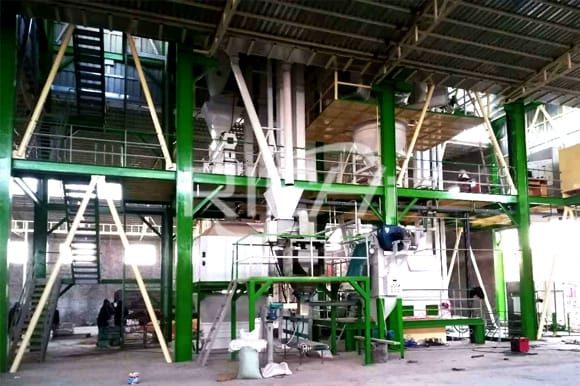
Key Equipment Used in Chicken Feed Production Line
- Cleaning Machine: Ensures GMP standards by removing impurities.
- Conveying Equipment: Bucket elevators, screw conveyors, and chain conveyors move materials efficiently.
- Feed Grinder: Grinds raw material into 225-micron particles depending on feed type.
- Mixer: Uniformly mixes ingredients including oil, fat, medicines, and additives.
- Pellet Machine: Compresses feed into high-quality, nutritionally complete pellets.
- Cooling Machine: Reduces pellet temperature from 70–90°C to ambient temperature.
- Screening Machine: Ensures consistent pellet size and removes irregular pellets.
- Bagging Machine: Packs finished feed manually or automatically as required.
Complete Chicken Feed Pellet Production Line and Equipment Overview
To produce high-quality chicken feed pellets, a complete production line includes a series of specialized machines. Each machine plays a crucial role in transforming raw materials into balanced, digestible, and uniform feed pellets for chickens. Here's how it works:
- Raw Material Cleaning: The process begins with a cleaning machine that removes impurities like stones, dust, and metal using magnetic separators and sieves. This ensures material safety and protects downstream equipment.
- Grinding: A hammer mill crushes raw ingredients into fine powder (usually 225 microns), increasing surface area for better mixing and digestion.
- Batching and Mixing: A precise mixer combines the ground materials with vitamins, minerals, oil, and other additives, achieving a homogeneous mixture critical for feed consistency.
- Pelletizing: The mixture is then fed into a poultry feed pellet machine, where it is conditioned with steam and compressed into uniform cylindrical pellets, ensuring durability, digestibility, and storage stability.
- Cooling: Freshly formed pellets exit at high temperatures (70–90°C) and are cooled in a cooler to near-ambient temperatures, preventing mold growth and preserving nutritional value.
- Screening: A screener sorts out powder or oversized pellets, ensuring all output is of consistent size.
- Packing: The final step is packaging. Using a bagging machine, pellets are packed into bags (manual or automatic options available), ready for storage or sale.
This complete chicken feed pellet production line is fully scalable and customizable, supporting both small farms and large commercial operations. The equipment ensures high automation, low energy consumption, and continuous, reliable performance.
Need More Help?
If you are looking for a full automatic chicken feed production line or need a quote on a high-capacity poultry feed pellet machine, feel free to contact Richi Machinery.
Email: enquiry@cn-pellet.com
WhatsApp/Cell: +86 158 0389 7674
